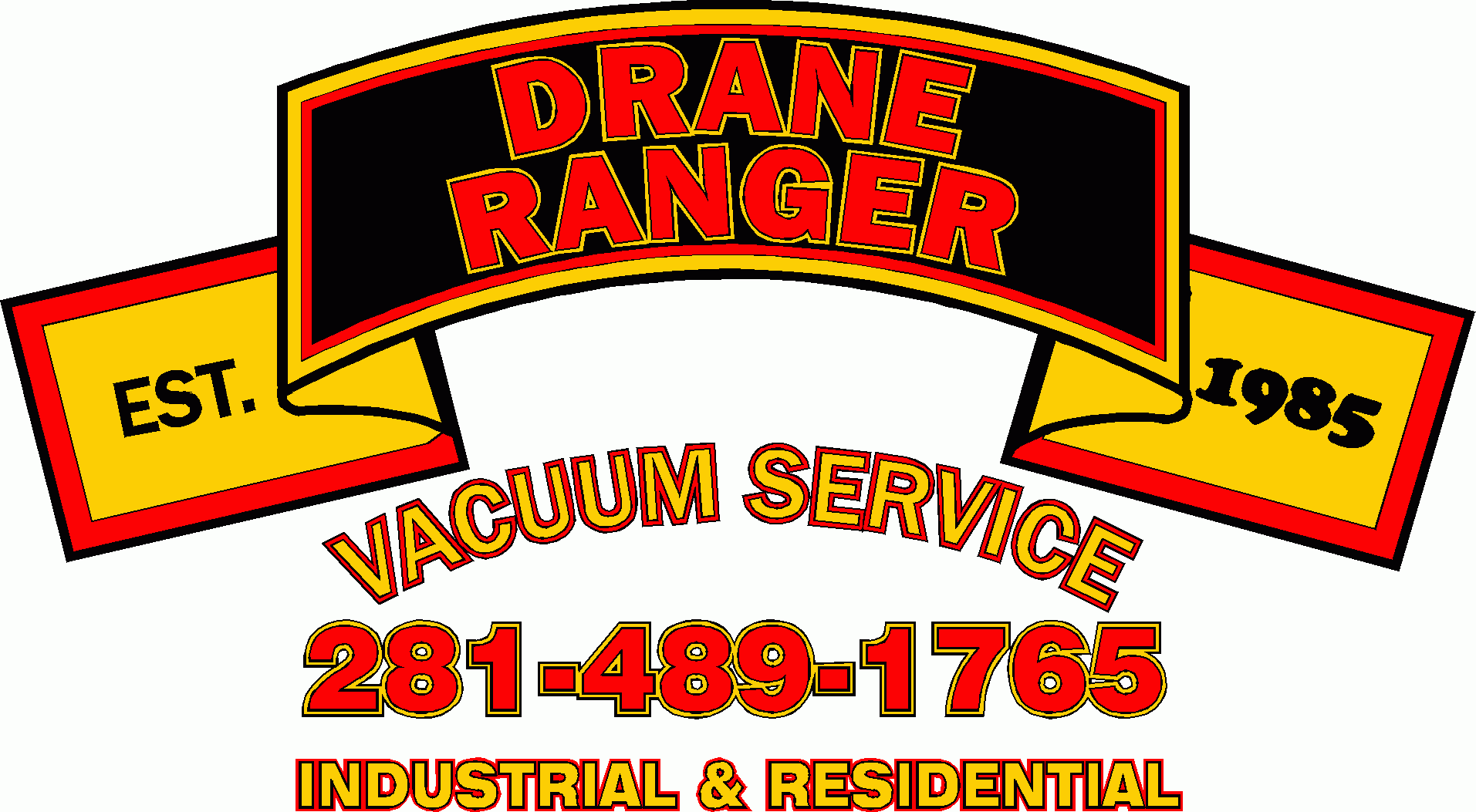As a homeowner, it’s important to keep your home’s plumbing system in good condition. One of the most common plumbing problems that homeowners face is a clogged drain. A clogged drain not only causes inconvenience but can also lead to costly repairs if not taken care of properly. In this blog post, we will be discussing the typical signs of a clogged drain and what to do when you encounter them.
Slow Draining Sinks
One of the most common signs of a clogged drain is a slow-draining sink. When water takes longer than usual to drain, it may be a sign of a clog in the drainpipe. To fix this issue, you can try using a sink plunger or a drain snake to remove the obstruction.
Bad Odors
Foul smells emanating from your sink or drain may indicate a clogged drain. This is because food particles or other debris that have been trapped in the drain can produce odors over time. To get rid of the smell, consider using a natural cleaner like baking soda and vinegar, or a chemical drain cleaner.
Water on the Floor Around the Appliances
If you spot water on the floor around your appliances, such as your washing machine or dishwasher, it could be due to a clogged drain. When water can’t flow through the drainpipes, it may overflow and spill onto the floor. Try cleaning the drain trap or using a plumbing snake to unclog the drain.
Backed Up Drains or Toilets
A blocked drain can cause water to back up, leading to an overflow. If you notice water backing up into your sink or toilet, it’s likely that you have a clogged drain. In this case, try plunging the sink or toilet to remove the blockage.
High Water Bills
A clogged drain can often cause your water bills to skyrocket. If you notice a sudden increase in your water bill but have not drastically increased your usage, it could be due to a clogged drain. A clog can slow the draining process, which means your water will be running longer than usual.
Pests and Rodents
You may see an increase in pest or rodent activity around clogged sink drains. This is because a clogged drain can attract insects and rodents looking for food or water. If you spot this issue, try sealing off any cracks in the pipes and cleaning the drain. Before calling pest control, call a professional plumber to check out the problem.
Need a Solution for Blocked Drains?
A clogged drain is an inconvenience that many homeowners must deal with. However, if you know the signs and symptoms of a clogged drain, you can avoid costly repairs and keep your plumbing system running like new. You can always try DIY options first but don’t hesitate to call Drane Ranger if the problem persists or if you’re unsure what to do. We specialize in maintaining and clearing drains. Remember, preventive maintenance is key to keeping your plumbing system in good condition, so call Drane Ranger to take care of the problem today!
